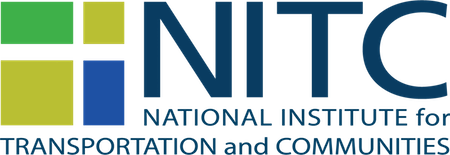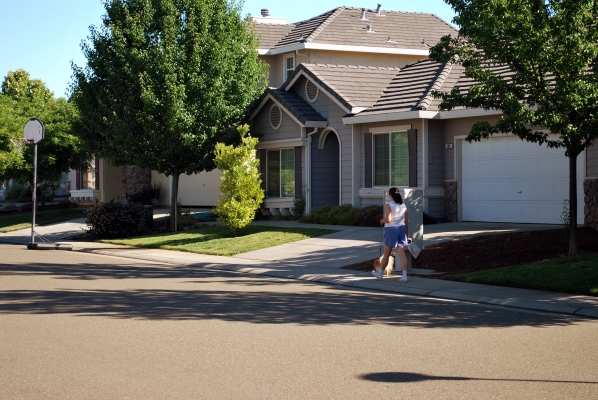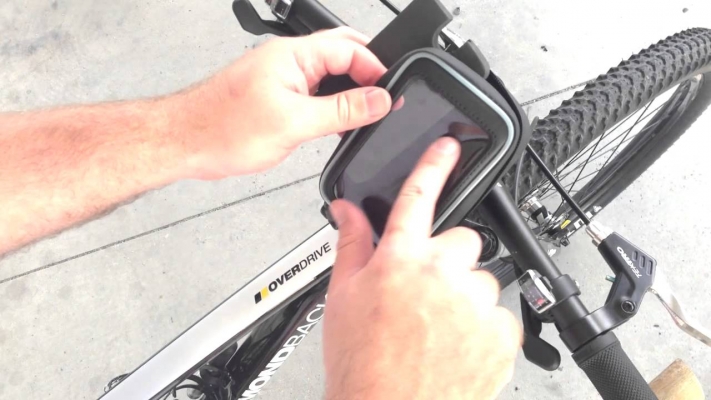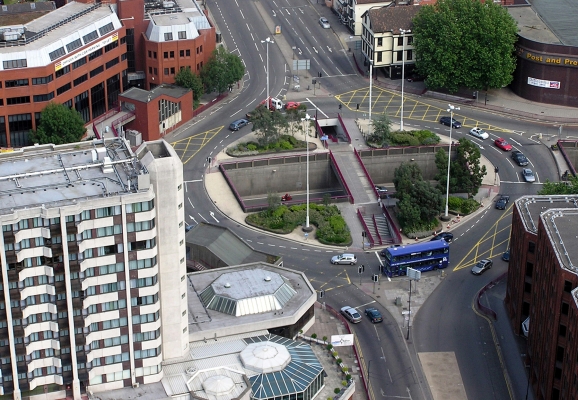The video begins at 1:48.
A System-Wide Adaptive Ramp Metering (SWARM) system is being implemented in the Portland metropolitan area and should be operational on all corridors by April 2006. This study entails a before and after evaluation of the operational benefits of the new SWARM system using the existing data, surveillance and communications infrastructure. In particular, the study will quantify system-wide benefits in terms of savings in delay, emissions and fuel consumption and safety improvements on and off the freeway due to the implementation of the ramp metering system. This will aid in the optimal deployment of current SWARM system and will be transferable to other regions as their systems come on line in the future.





